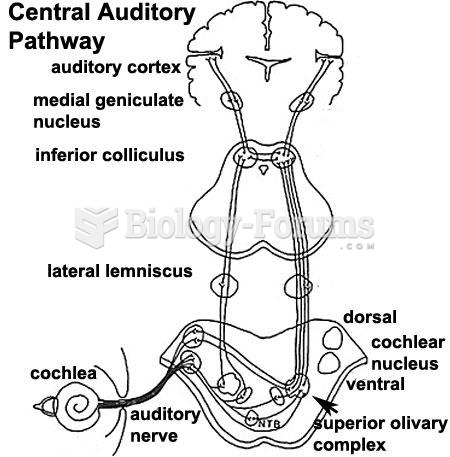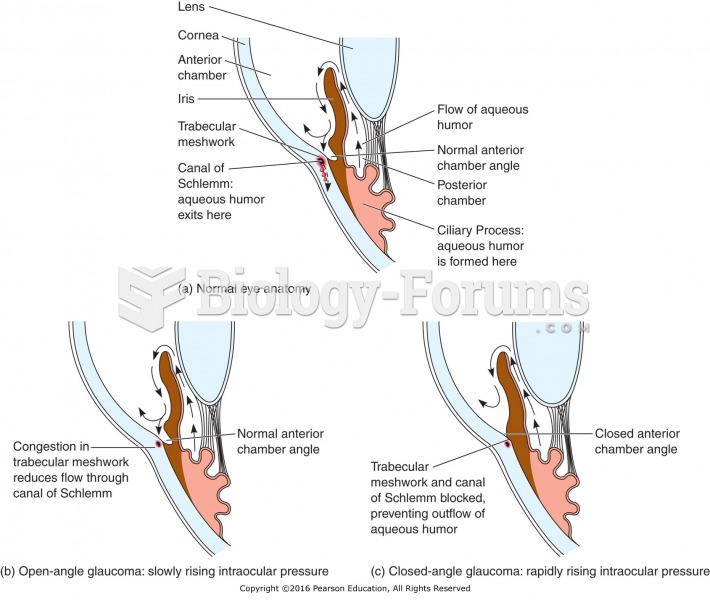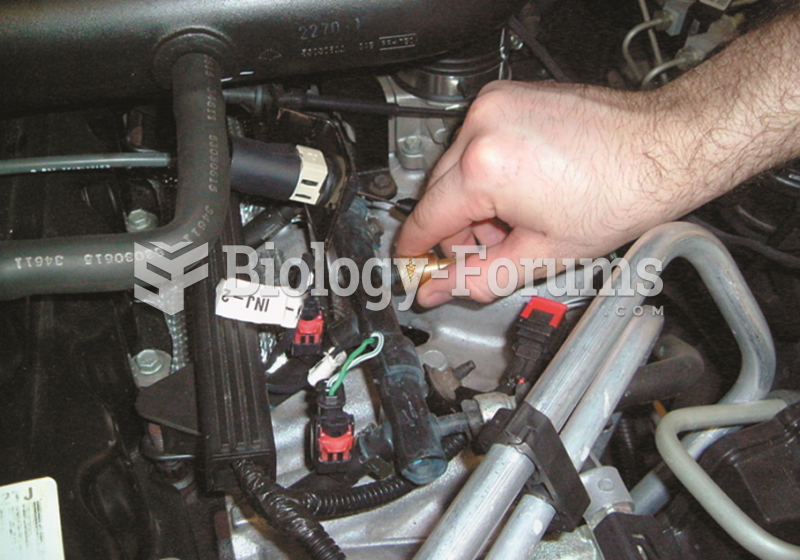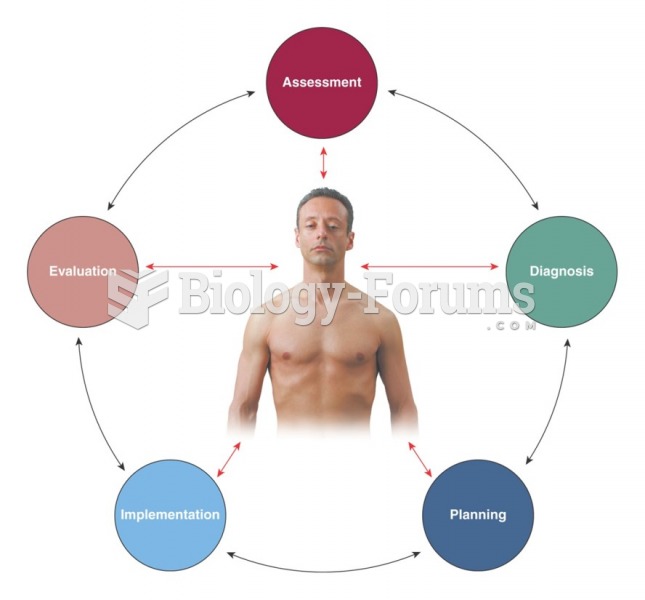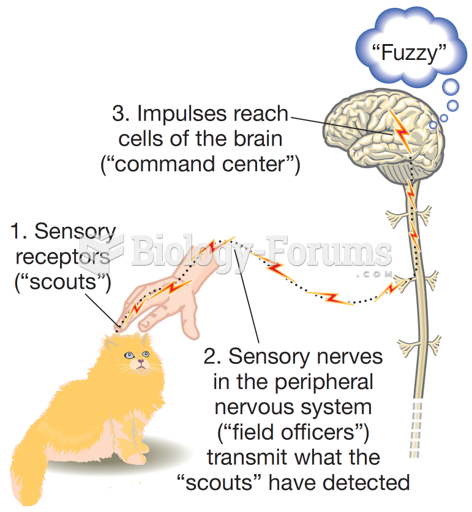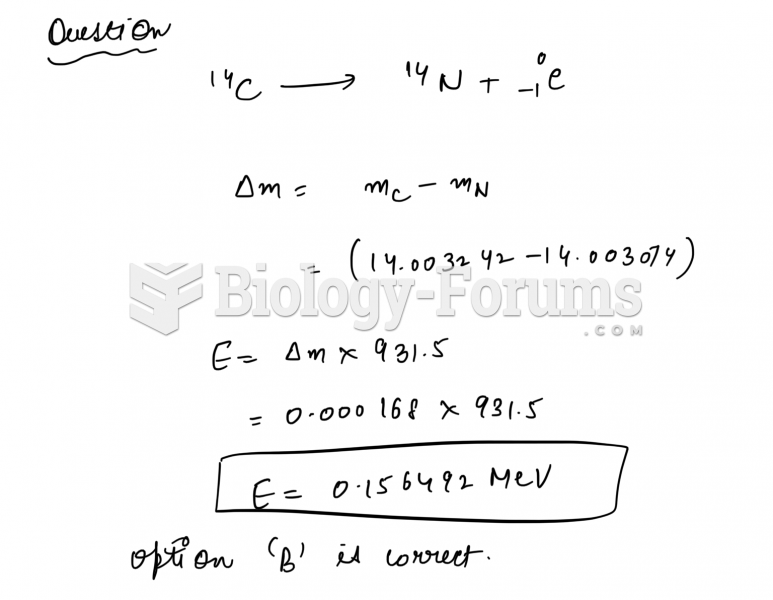Answer to Question 1
b
Answer to Question 2
The balance sheet identifies and quantifies all the firm's assets and liabilities. The difference between assets and liabilities is the owner's equity or net worth.
An asset is anything of value that is owned by the retail firm. Assets are broken down into two categories: current and noncurrent.
Current assets include cash and all other items that the retailer can easily convert into cash within a relatively short period of time (generally, a year). Accounts receivable and notes receivable are amounts that customers owe the retailer for goods and services. Prepaid expenses are items such as trash collection or insurance for which the retailer has already paid but the service has not been completed. Retail inventories make up merchandise that the retailer has in the store or in storage and is available for sale.
Noncurrent assets are those assets that cannot be converted into cash in a short period of time (usually, 12 months) in the normal course of business.
Goodwill is an intangible asset, usually based on customer loyalty, that reflects the portion of the book value of a business entity not directly attributable to its assets and liabilities. Goodwill normally occurs only when a retailer purchases an existing business and the dollar value assigned to goodwill is minimal.
Total asset equals current assets plus noncurrent assets plus goodwill.
A liability is any legitimate financial claim against the retailer's assets.
Current liabilities are short-term debts that are payable within a year.
Accounts payable are amounts owed to vendors for goods and services.
Long-term liabilities include notes payable and mortgages not due within the year. Total liabilities equal current liabilities plus long-term liabilities.
Net worth, also called owner's equity, is the difference between the firm's total assets and total liabilities and represents the owner's equity in the business.


